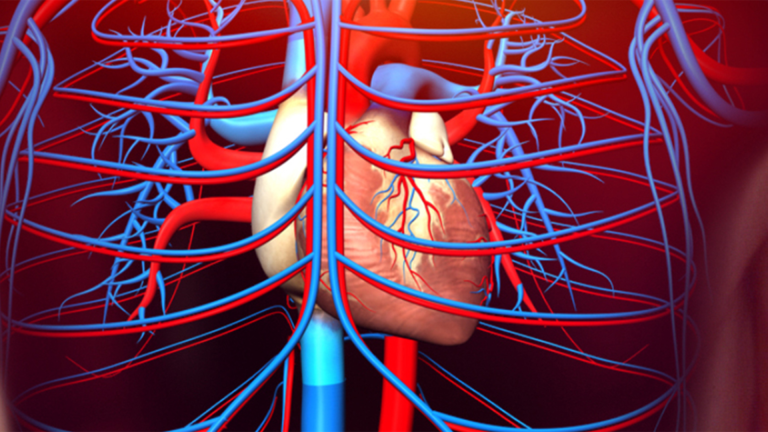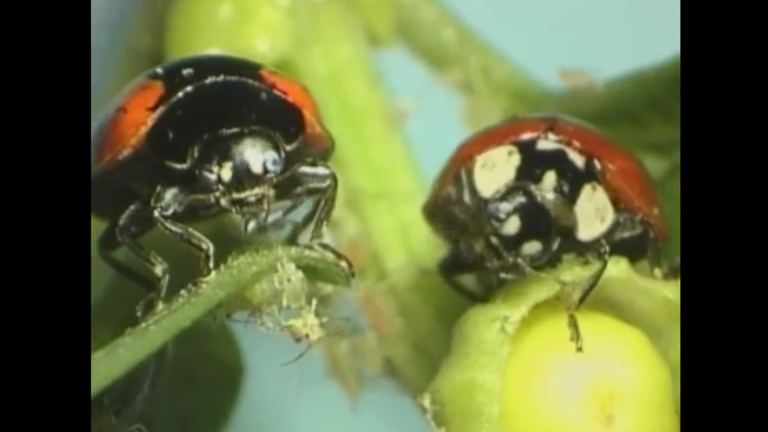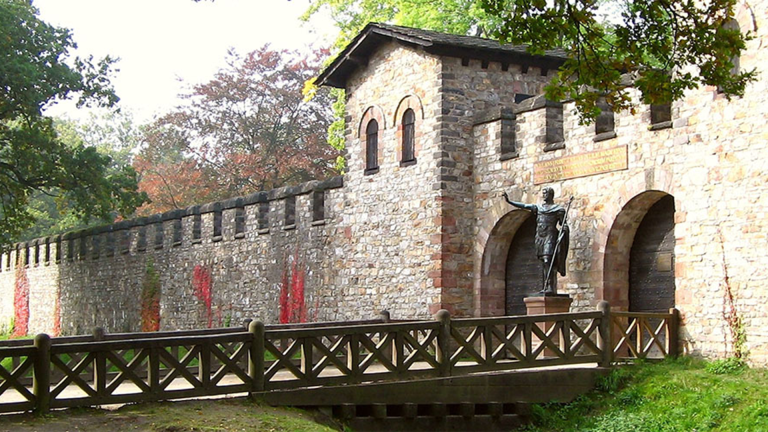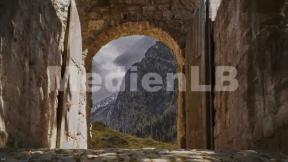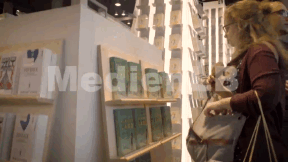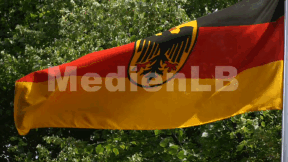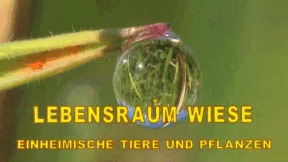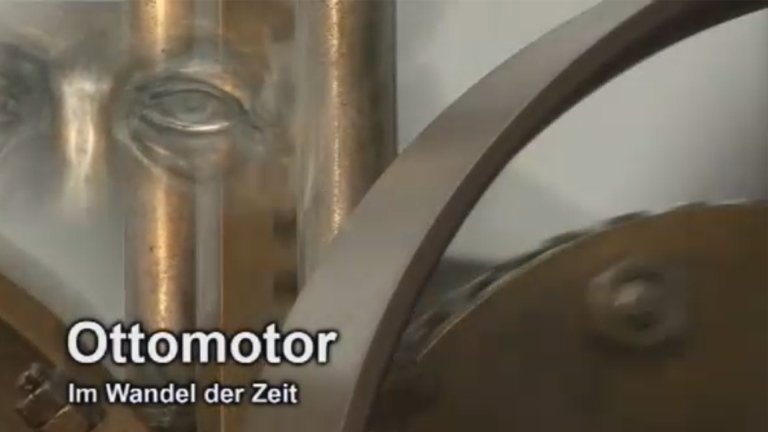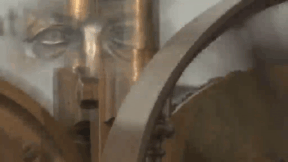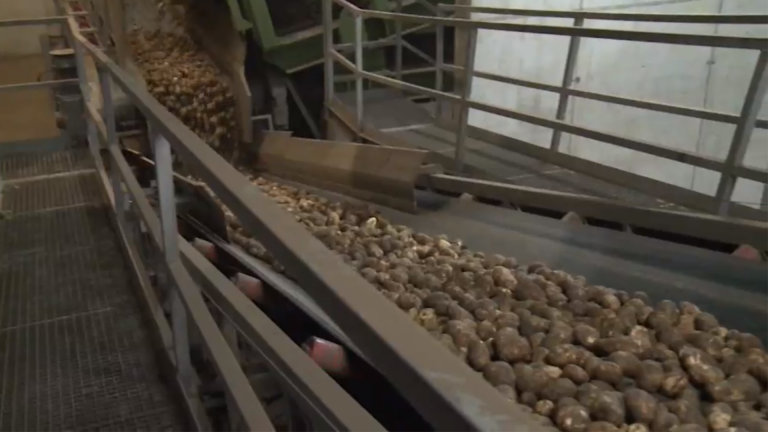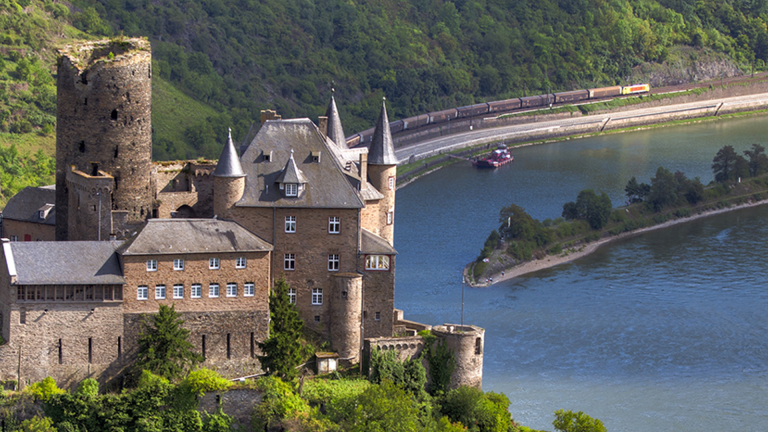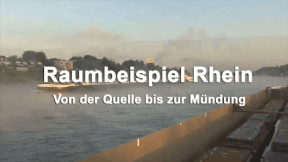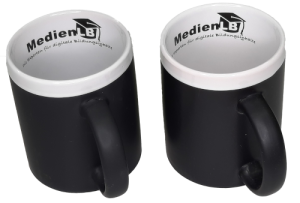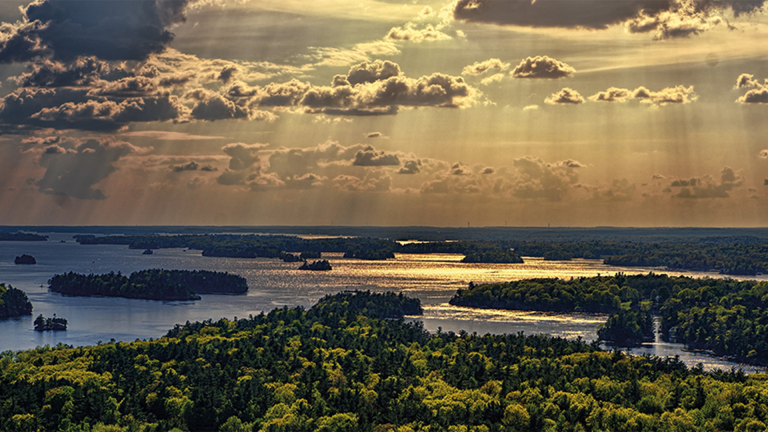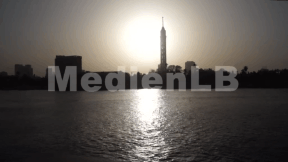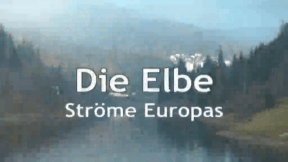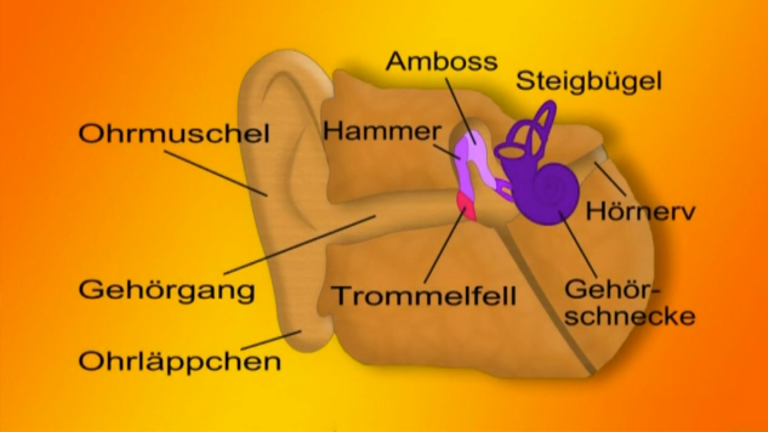Suche:
- # Artistry
- # Biology
- # Chemistry
- # Ecological
- # Economy
- # English
- # Foreign Language
- # Geography
- # German
- # Health
- # History
- # Informatik
- # Latin
- # Mathematics
- # Media Education
- # Music
- # Physics
- # Politics / Civics
- # Preschool
- # Primary School
- # Religion
- # Society
- # Sports
- # Technology
- # Training of Teachers
- # Vocational Education
The Ladybird
The seven-spotted ladybird was chosen insect of the year 2006. Besides the characteristics of this and other ladybird species, the film also shows the reproduction and develop- ment of various species and their geographic ranges. Fur- thermore, this DVD puts emphasis on the explanation of the ecological web of relationships the ladybird is part of. Here, the relation with humans also plays a role as people have always valued ladybirds because they kill aphids and are pretty to look at. Apart from the ladybird itself, several natural enemies such as insects and spiders are shown in impressive close-ups. The film is highly suitable for overcoming any prejudices the pupils might hold towards these groups of animals.The film is suitable for primary school lessons and secondary school biology studies, including the subject area of ecology in the 8th year of school.
Learn moreThe Limes
The limes – the northern borderline of the Roman Empire stretched from Britannia to the Black Sea.
Learn moreThe Making of a Children’s Book
Every year thousands of new books are published. You can get a notion of that vast number at the large book fairs in Frankfurt or Leipzig.
Learn moreThe Making of a Law
Laws determine the lives and interrelationships of people and ensure that both rights and duties are distributed in a just way in society.
Learn moreThe Meadow as a Biotope
This DVD offers an insight into the plants and animals typically found in the meadow biotope. In an easily comprehensible way, primary school pupils experience a small, exciting world where various kinds of animals and plants co-exist. The film aims at improving the children’s understanding of animals and at arousing their curiosity for plants and animals. The DVD covers the following aspects of the topic of “meadows”: Types of meadows (creation of a meadow, marshy meadows, dry meadows, wet meadows, fertilised meadows); plants of meadows (cowslips, buttercups, dandelions and many more); layers of the meadow and animal habitats (on plants, on and in the ground, etc.); interference with the diversity of species (effects of mowing and fertilising on the meadow); protection of the meadow (responsibility of humans for nature); use of meadow plants (in medicine, human diet).
Learn moreThe Otto Engine
This DVD offers an insight into the historical birth of the Otto engine and also describes its latest version – the hybrid engine. In addition, other engines of the future are covered. The life and achievements of Nikolaus August Otto are dis- cussed, with all his successes and failures, from his first en- gineering attempts when reconstructing the Lenoir engine to the presentation of the “atmospheric gas engine” on the Paris World Fair through to his cooperation with Gottlieb Daimler and Wilhelm Maybach. The mode of operation of the Otto engine is explained to the pupils in detail, also with the help of a variety of animations and diagrams. The DVD goes into the four strokes of intake, compression, power and exhaust as well as the Otto engine as energy converter. Crude oil is one of our most important sources of energy. Besides outlining the evolution and processing of crude oil into fuel, this DVD puts emphasis on the increasing shortage of global crude oil resources. Alternative propulsion sources like hybrid engines as well as hydrogen-fuelled or gas-fuelled vehicles offer an environmental-friendly vision for the automobile’s future in times of global climate change.
Learn moreThe Potato
The potato is one of the most important food staples of the world. Together with rice, maize, wheat, barley, soy and sugar cane it is one of the seven most important foods on earth. Originally it came from the Andes in South America. The Spaniards brought it to Europe and then to all other continents. It is cultivated in 130 countries on earth. Cultivation has already resulted in many different varieties. Some are waxy, others turn floury when cooked and are especially suited for soups or mash. In Germany, more than a hundred varieties with different qualities and flavours are on the market. Very specific varieties for any purpose are being cultivated. It takes about ten years to develop a new variety and to have it licensed for cultivation. The potato is the most frequent cultivated crop plant and also our staple food. Together with the extensive additional material the DVD is ideally suited for use in the classroom.
Learn moreThe Rhine – a Natural Area
At 1,230 km the Rhine is the second longest river in Western Europe. From its source in the canton of Graubünden in the Swiss Alps, it travels through Austria, Germany and empties into the North Sea in the Netherlands. The most important tributaries of the Rhine are the rivers Meuse, Main, Moselle and Neckar. The Rhine is one of the busiest and most important waterways in the world.
Learn moreThe River as a Lifeline
From source to mouth our rivers are constantly on the move. They count among the most dynamic biospheres on Earth and are vital connections for numerous plants and animals between otherwise separate habitats. For thousands of years, humans all over the world have tended to settle along rivers. Due to their advantageous situation at a river, many large cities developed, for instance Cairo, the largest metropolis in Africa.
Learn moreThe River Elbe
Its catchment area is almost as large as 40 % of the surface area of Germany; it is 1.094 kilometres long: the River Elbe. In impressive nature pictures the multifaceted course of the Elbe from its source in the Giant Mountains to its estuary in the North Sea is shown. The division of the Elbe into its sections is just as precisely documented as its most important tributaries. In the first part of its upper reaches it flows in a wide arc through the Czech Republic, where it is called Labe. It cuts across impressive landscapes such as the Bohemian Switzerland and after the German border the Saxon Switzerland. During its course it flows through historically and culturally important cities. Dresden, with its famous monuments and bridges, is the first metropolis. Steeped in history, the cities of Meissen, Torgau und Wittenberg follow. Now the Elbe River follows the course of the glacial valleys. From Magdeburg its course runs towards Hamburg. The various facets of the seaport metropolis are illustrated. Eventually the film accompanies the River Elbe on its last section – to the North Sea until Cuxhaven. Together with the extensive additional material the DVD is ideally suited for use in the classroom.
Learn moreThe Senses
This DVD shows how we humans use our five senses to get in touch with our environment. The primary school pupils learn in an easily understandable way about the specifics, the use and the sensitiveness of each sensory organ and receive methodically organised information on their structure, function and protection. In addition, the human sensory organs are compared to those of different animals to illustrate similarities and differences. The DVD puts emphasis on the following topics: “Senso- ry Perceptions”, “The Eyes”, “The Ears”, “The Nose”, “The Tongue” and “The Skin”. The DVD is made up of five didactic units that can be inde- pendently accessed via the DVD’s menu structure. Further, the menu includes additional pictures and diagrams. With a variety of worksheets, test questions and colour slides, the curricular contents of the DVD can be captured for a more de- tailed discussion of the topic of the senses in the classroom.
Learn more



